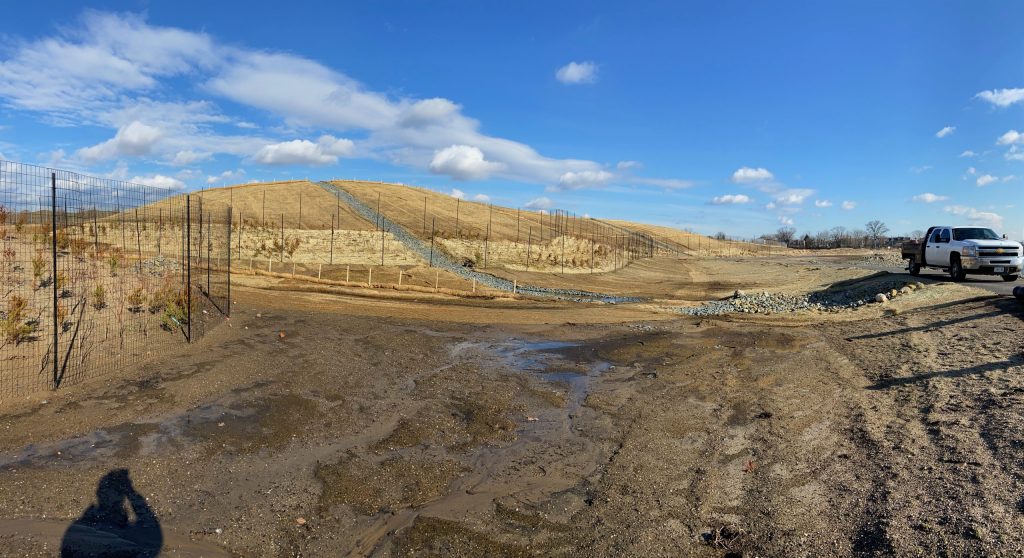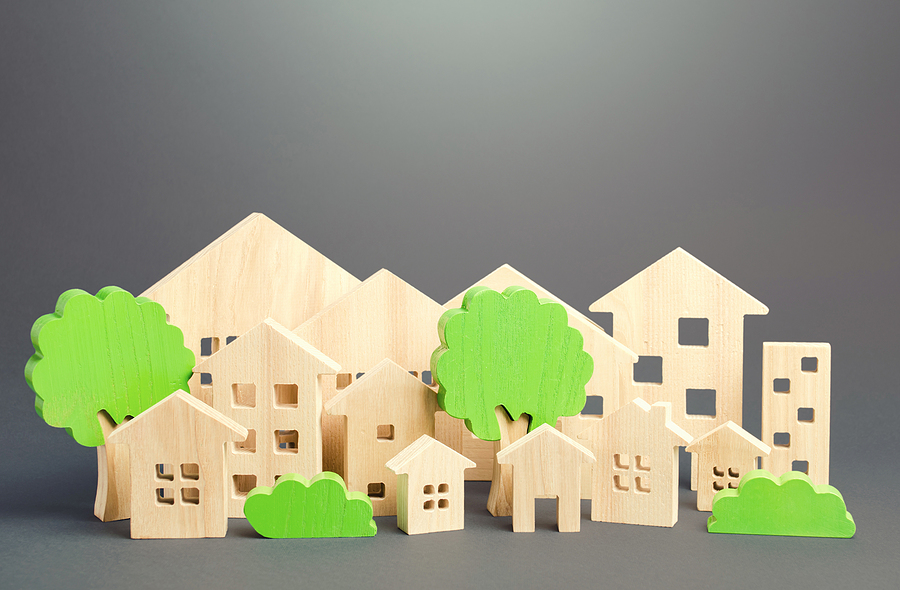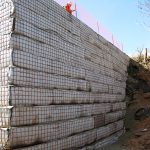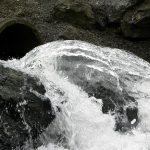Utilizing the Bioswale for Green Infrastructure
In this modern world of vast urban landscapes and manufactured concrete jungles, it is imperative that natural environments are not only preserved and protected, but maintain a purpose as well. This is where the bioswale comes into play.
What is a Bioswale?
When it rains in the city, runoff will carry litter, oils, and plenty of other pollutants on its way to storm drains and sewer systems. To help prevent this from happening, bioswales are used to absorb water.
A bioswale is a pretty and powerful pit including a tree and various plants, gravel, and engineered soil. Especially suited for the narrow streets of cities, they successfully slow and filter stormwater flows. In addition, they divert runoff from congested areas such as sidewalks and parking lots.
Similar to rain garden systems, bioswales can also be designed to discharge excess water to a nearby catch basin with an underdrain pipe. This is perfect for locations with low infiltration rates and dense soil composition.

What Are Bioswales Made Of?
Bioswales are constructed using various different products and materials, not just plants. Each component lends itself to the infiltration, biofiltration, and velocity control systems that allow bioswales to effectively reduce runoff. Let’s take a look at a few examples:
Coir Fiber Matting
Coir fiber matting consists of pure coir fiber woven into a blanket-like material. They are extremely durable which makes them most suitable for high-velocity flow channels. Additionally, they are flexible which allows them to conform to the soil while creating a solid bond.
Coir fiber mats are perfect for bioswales. Their woven feature allows planting directly into the soil without having to cut it. The fibers naturally absorb and retain water, effectively absorbing runoff and creating a microclimate for plant growth.
Coir Logs
Similar to matting, coir logs are able to absorb water while retaining sediments that break down. They are essential in dissipating the flow velocity for a bioswale and filtering runoff water on a sloped surface or channel. Depending on the environment, coir logs can last 5 years if maintained properly (more on maintaining bioswales later).
Straw Wattles
Straw wattles consist of natural straw fibers that are contained in a polypropylene jute netting material. The porous ability of these fibers allows water to pass through the bioswale and filter out sediments. Additionally, they are lightweight, reusable, and hold their shape well.
Gabion Baskets
Bioswales usually include gabion baskets that are buried below the surface. Gabion baskets are wire mesh baskets that are filled with rocks. They help to create a strong and flexible retention structure for the bioswale by linking thanks to their internal diaphragms.
Geotextiles
Geotextile fabrics are used in the underdrain system of a bioswale. They help to prevent soil from scouring within the swale. Nonwoven geotextiles aid with drainage and filtration between rocks and subsoils while woven geotextiles are used for separation and reinforcement.
Green Infrastructure
Given its environmentally friendly and functional components, a bioswale is an excellent example of green infrastructure. This term is used to describe water management strategies that utilize natural systems. Green infrastructure can take the form of bioswales, rain gardens, or any other environmentally friendly storm surge solutions. The primary function remains the same: reduce flooding, prevent pollution, and beautify the community.
Does Green Infrastructure Work?
Green infrastructure is a cost-effective way to reduce a city’s carbon footprint. With typical gray stormwater infrastructures such as pipe and water treatment systems, the result is just removing stormwater away from the environment. However, green infrastructure provides a solution at the source, absorbing and filtering runoff instead. Additionally, green infrastructure has proven to improve overall air quality as well.
Cities all over the country are implementing green infrastructure. For example, the city of New Haven, Connecticut plans to install around 200 bioswales throughout the downtown area. These bioswales will serve the city in reducing flooding, improving water quality in the surrounding rivers and sound, and even creating job opportunities for the community.
Think about it: a single bioswale can manage more than 75,000 gallons of water annually. With that said, if a city constructs 200 bioswales, that’s 15 million gallons of water. Clearly, green infrastructure works, especially on a large-scale level.
Maintaining Bioswales
To stay effective, bioswales must be maintained consistently. The following steps must be taken in order to successfully maintain a bioswale:
Remove Litter
All debris and litter must be removed from the bioswale. This will ensure that contaminants do not enter the resulting runoff.
Keep the Flow
Make sure that the openings in the curb are allowing water to flow freely in and out of the bioswale. If something is blocking the path, it must be removed in order for the bioswale to function properly.
Water Regularly
When first planting, the organic components of the bioswale must be watered frequently. After 12 to 18 months, they won’t require as much water if they are properly grown.
Remove Weeds
Check the bioswale for any weeds or other invasive plants. If you spot any, remove them immediately to ensure that the plants remain healthy and functional.
Inspect the Soil
It is important to inspect the soil before and after rainfall to make sure the bioswale is properly filtering runoff. There shouldn’t be any standing water after 72 hours.

Ready to Implement Green Infrastructure?
Look no further than IWT Cargo-Guard. We specialize in products that protect our environment. We have the coir fiber matting, logs, straw wattles, gabion baskets, and geotextiles you need to create an effective bioswale. Regardless of which product you choose for your job, we warmly welcome the opportunity to be of service to you and our planet. Reach out to our team today for everything you need for your green job site.






